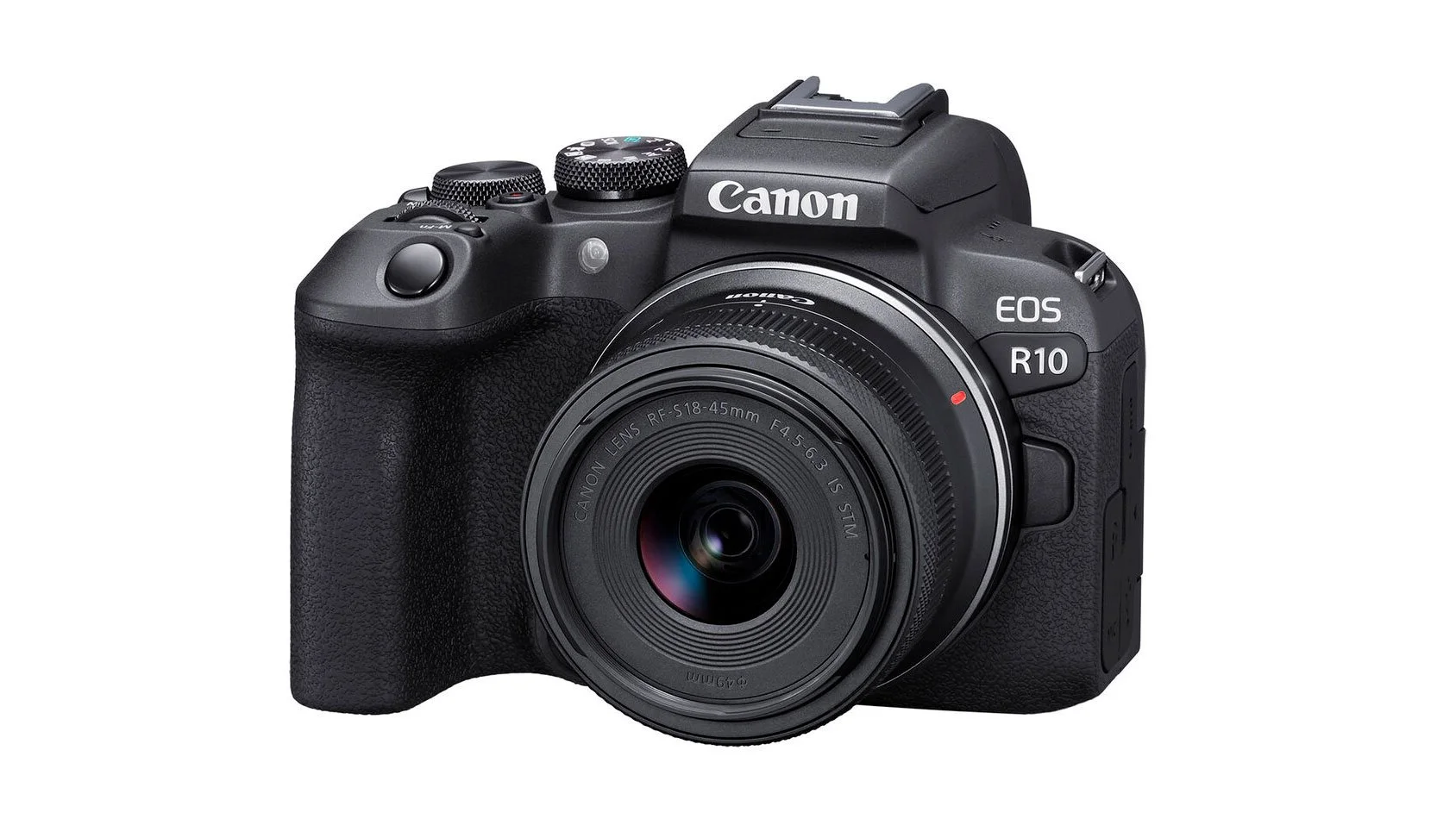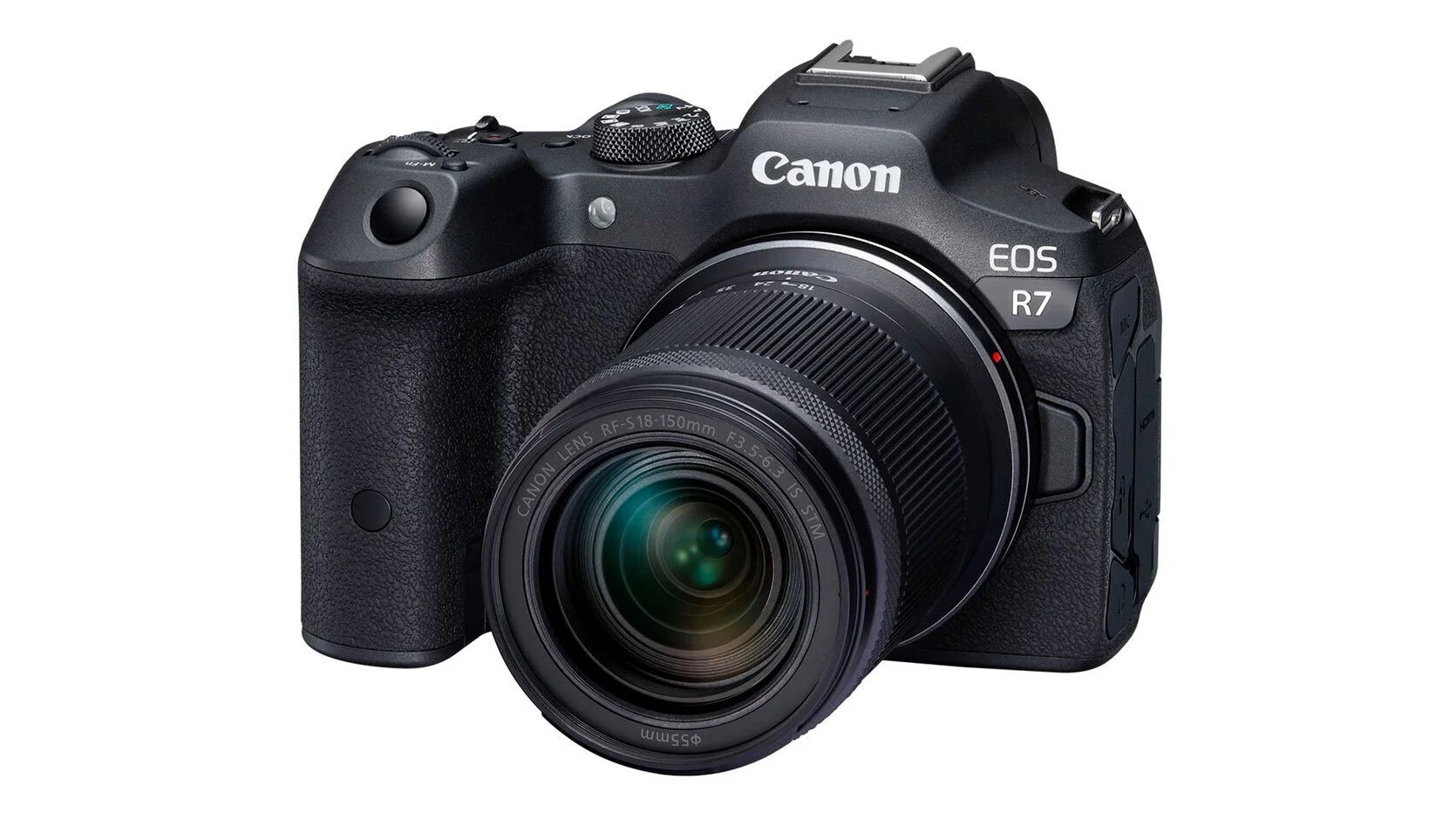Thoughts on the Canon R7 and R10
I just wanted to share a quick few thoughts on the new APSC RF mount cameras that Canon announced yesterday. It had long been rumoured that Canon would expand the RF range to include APS-C cameras and now that they have, the transition to mirrorless is nearing completion for Canon. But there are a few interesting things about these cameras specifically, and the expansion of the range, and I wanted to say a few quick words on the subject.
The R10
First up, I don’t have a huge amount to say about the R10. It’s a fine entry-level camera into the range, although they will need to bring the price down further before they truly replace the entire rebel range. I would consider this as a higher end consumer camera, similar in the range to the EOS 850D. It would make a good Vlogging camera too, although the lack of IBIS might be an issue for some people.
It’s a good alternative to the M50 for people who want a Vlogging camera, and although it’s more expensive, the M50 didn’t do un-cropped 4k which this does. It’s not perfect by any means, but if you’re an existing canon shooter, it’s a good step in the right direction. They should have done a bundle of this with the EF-RF converter. The only thing that I would be a negative in my opinion (for the price) is that it doesn’t do C-Log, whereas cameras like the Sony 6400 do, but many people in this range probably don’t care anyway.
For still shooters, it offers similar performance to Sony’s offerings, and slightly better than Nikon but with a more traditional design. Anyway, I’m not going to say much more about the R10 for now. I wouldn’t mind trying one, though.
The R7
The far more interesting camera in my opinion is the R7. The model number suggests that this is a replacement for the venerable Eos 7D and most of the early reviews of the camera back that up, but I also think it makes a good substitute for the 90D, which is more in line with this spec wise.
I still see many YouTubers with the 90D, and this is an ideal mirrorless replacement for that camera. In fact, it would be a much better offering for YouTube, with included IBIS and C-Log. In fact, this sounds like it could be an excellent entry-level video shooting camera. Again, I think Canon could have made a really compelling upgrade path for people if they had bundled the EF-RF mount adaptor with the camera, but I guess that will be something left u to dealers, maybe.
I can also see this as an ideal B-Cam for someone shooting with one of Canon’s cinema cameras, such as the C70. If you wanted to get serious about YouTube, I would definitely recommend this, at least based on the specs and early reviews. Another feature I really like, which other cameras have had for a while, but is new to the canon line, is the lack of recording limit on the cameras. This is ideal if you’re shooting long interviews, conferences etc.
For stills, the camera also looks pretty great. The quality seems on a par with the D90, which was already pretty good, with relatively little competition in the APS-C space. Most other APS-C sensor cameras cap out at 24MP or 26 for Fuji (Although Fuji is rumoured to have a 40+ MP camera coming out shortly).
I do like the form factor of both of these cameras, too. It looks solid and sturdy, while still being relatively light and compact. One of the issues I sometimes have with mirrorless cameras, is that they’re too small and often fell unbalanced with longer lenses. I know the small size and weight is typically the compelling factor for many when choosing a mirrorless camera, and I appreciate that too most of the time, but I do feel that there are occasions when I would prefer a beefier body. The R7 in particular doesn’t look like it has that problem.
The Lenses
The two lenses that were released are pretty much standard kit lens fare, but it’s interesting to see the design of Canon’s first APS-C RF lenses. I have to say, I don’t like the look. The taper in after the mount is a bit weird looking, and makes the lenses look cheap. They could have just kept the barrel large to match, like Nikon’s offerings, but I guess Canon wanted to keep the size and weight down.
I'm aware that people are probably already commenting that this range has no lenses available, or that Canon won’t properly develop the RF-S mount, but I’m guessing that they will keep adding lenses as time goes on.
There are already rumours of more offerings on the horizon, including some fast (ish) primes. Of course, the big advantage of this mount is that you can use full frame Canon RF mount lenses on the system, and this actually goes both ways – you can use the RF-S lenses on full fame cameras with crop. While Sony and Nikon have been doing this for years, this is a first for Canon, as the old EF-S lenses couldn’t be used on full frame EF mount cameras.
Canon’s RF mount already has lots of high-quality lenses available in full frame, and by using these on the APS-C mount you get the highest quality part of the lens (the centre). You also get a longer throw, which is useful for wildlife, for example. With the EF-RF adaptors, you also get access to a wide range of Canon and third-party EF mount glass, so it’s not really true that there are no lens options for these – there is a huge range of lens options.
My only wish is that Canon would open up the RF spec like Sony did with E-Mount. They won’t of course, but they should. I’m guessing t’sonly a matter of time before the likes of Sigma and Tameron reverse engineer it, but they haven’t made any moves in that direction yet. It’s a shame, as it opens up niche options that Canon might never consider. It’s worked really well for Sony so who knows, but let’s face it, it’s probably not going to happen.
Bigger Picture
These releases from Canon mark the beginning of the end for two things. Canon’s DSLRs are obviously going to be end of life soon, and the writing is also on the wall for Canon’s M-mount. I know some people will be thinking “big surprise” there, but apparently the M-mount actually sold pretty well. That said, it’s hard to see Canon continuing with two separate and incompatible lens mounts.
Canon’s strategy for switching to Mirrorless was derided by many at the start of the journey, but now it appears to be paying off for them. They started by targeting the early adopters with the EOS-R which was a transition camera and had lots of flaws, but it gave the company time to expand out their lens offerings. Then, once they had a good range in place, they moved to attract the high end with the R5 and R6, as these types of consumers are generally willing to pay more for their gear. Now that the full frame / high-end market is catered for, and the system has established itself, they can fill out the lower end of the market. There is still a way to go, but you can begin to see the end of the road for this transition now, and they now have a pretty solid lineup of RF cameras.
Help Support the Blog
Check out my eBooks and Presets
Check out my photography eBooks , Capture One Styles and Lightroom Presets available on GumRoad.
Buy me a coffee!
If you want to say thanks or help, then you can feed my caffeine habit and buy me a coffee via PayPal with a one off donation to my PayPal tip jar. (Please note that PayPal doesn’t make it easy to respond to these so just know you are thanked in advance)
Join our Facebook Group
If you want to discuss anything you’ve read here on my website, or saw on my youtube channel, or if you want to share images you’ve created using any of my techniques or presets, then I’ve started a new Facebook Group just for that.
Note that this post contains paid affiliate links. We get a small commission for purchases made through these links, which helps run this site.








